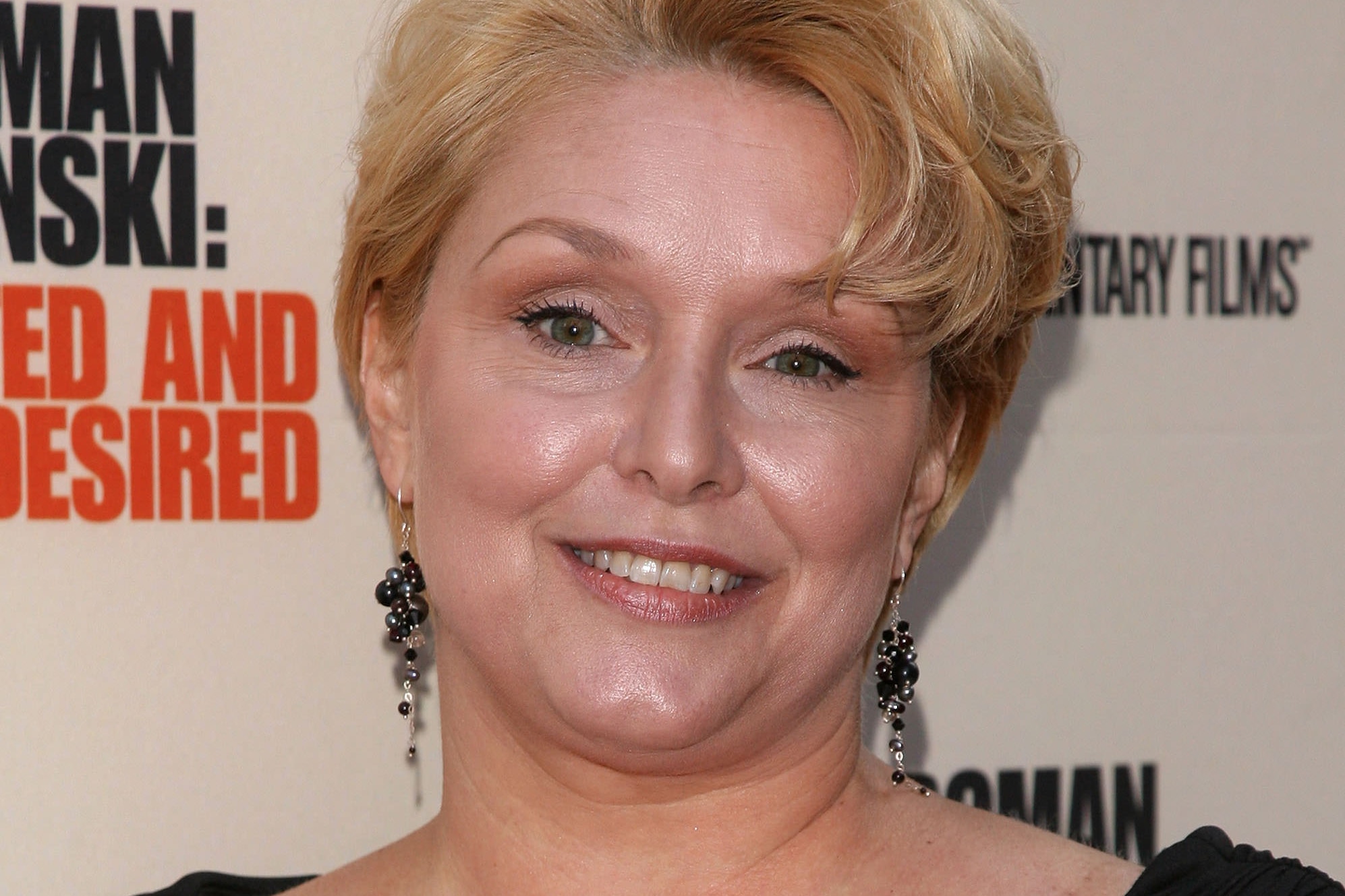Create a free profile to get unlimited access to exclusive videos, breaking news, sweepstakes, and more!
Samantha Geimer, Survivor of the 1977 Polanski Sex Scandal, On The False Missile Alert In Hawaii: 'There Should Be A Better Protocol'
"I don’t want to go into a cement building and slowly die of radiation poisoning. Is it better to stand out in the street to make sure we are dead-dead instead of becoming horribly maimed?”

Recently, the state of Hawaii woke up to an emergency alert on their phones.
"BALLISTIC MISSILE THREAT INBOUND TO HAWAII. SEEK IMMEDIATE SHELTER. THIS IS NOT A DRILL," it read. It may not have been a drill, but it certainly wasn’t accurate. The alert was later blamed on a Hawaii Emergency Management Agency employee pressing the wrong button.
Samantha Geimer has lived in Kauai, Hawaii for about 30 years. She lives in a rural area and she and her family -- including her mother, sister, three adult sons, a niece, nephew and a grandchild -- live in houses on her property.
“We didn’t die, so that was awesome,” she told Oxygen.com.
Geimer was just 13 when she was embroiled in the infamous Roman Polanski sex scandal. The film director eventually took a plea deal, pleading guilty to engaging in unlawful sexual intercourse with a minor, after allegedly drugging and raping Geimer in 1977 at Jack Nicholson’s Mulholland Drive home when Nicholson was out of town on a ski trip. She authored a book about the ordeal, entitled The Girl: A Life in the Shadow of Roman Polanski, published in 2013. She has been an outspoken advocate for sexual abuse victims.
“I heard my husband’s phone go and then I heard my phone go with that sound, which is usually a weather alert flash flood warning, which happens a lot,” Geimer said, adding that she didn’t get out of bed. She looked outside and saw it was sunny, figuring that the heavy rain must be happening elsewhere. “Then, my mom called and told me it was a ballistic missile test.”
The family gathered together to discuss the situation. There were no sirens, which was alarming. Typically, there would be in such a situation, Geimer explained to Oxygen.com.
“Most of us felt like it must be a mistake,” she said. In the off chance that it wasn’t, Geimer figured there was nothing she or her family could do. “If it’s not, we’re all going to die or not. At least we’ll die together. We didn’t really panic.”
Just in case, Geimer’s family exchanged heartfelt “I love you’s” and then they drank coffee. She admitted it was an eerie vibe, but she said she just hoped it wasn’t true.
Meanwhile, in more urban areas of Hawaii people were panicking.
“It was surprising to see how many people were fearful and upset,” Geimer told Oxygen.com. She attributed this to the lack of information out there about what to do in the event of an actual missile launch.
“What do you do? There’s nothing to do! There's nowhere you can go and hide. I don’t want to go into a cement building and slowly die of radiation poisoning. Is it better to stand out in the street to make sure we are dead-dead instead of becoming horribly maimed?”
It brings to question, what does one do in such an event?
“If people are supposed to do something or if it doesn’t matter it would be helpful to know,” Geimer said.
It definitely wasn’t clear what to do, as evident by the panic that ensued. People in Hawaii fled for their lives, made tearful goodbyes and hid their children in their bathtubs. It carried on for a while. According to CNN, a second emergency alert was sent to phones in Hawaii a whopping 38 minutes later, stating that it was all a false alarm.
According to NBC News, emergency response planners state that people should resist from running and instead get into a shelter, beneath as many layers as possible. There are some nuclear safety directives available online, like at Ready.gov. That site states that although a blast shelter could not save you from a direct missile hit, it could help.
“Remember that any protection, however temporary, is better than none at all, and the more shielding, distance and time you can take advantage of, the better,” the site states.
The Federal Emergency Management Agency and Department of Homeland Security has not seemingly made administering such directions to the public a priority. A spokesman from the Federal Emergency Management Agency and Department of Homeland Security told NBC, "At this time time there are no specific plans to do any messaging on this topic.”
Irwin Redlener, director of Columbia University’s National Center for Disaster Preparedness told NBC News: “There is a lot of fatalism on this subject, the feeling that there will be untold death and destruction and there is nothing to be done but the thing that is frustrating for me is that, with some very simple public messaging, we could save hundreds of thousands of lives in a nuclear detonation.”
“There should be a better protocol,” Geimer said.
[Photo: Getty Images]


